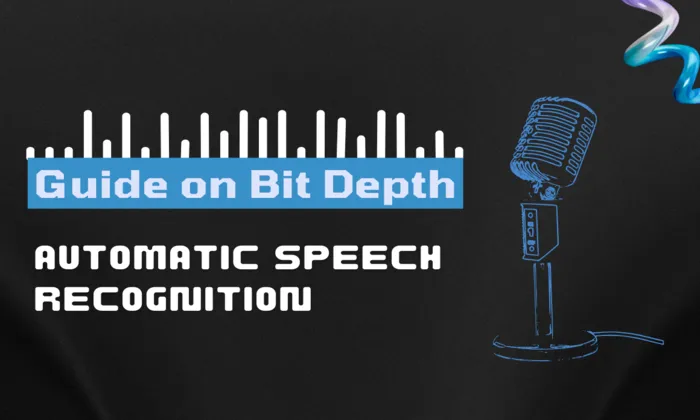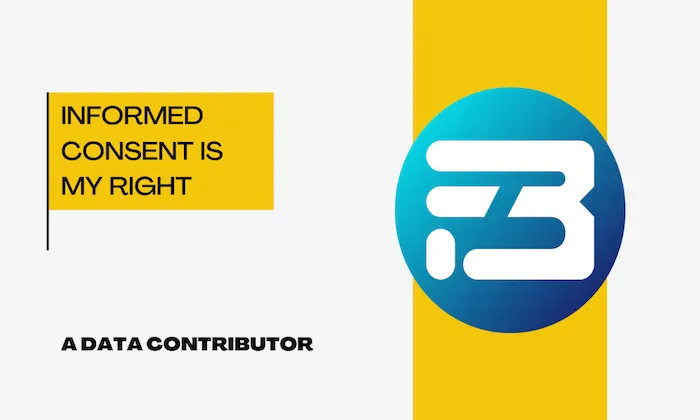How can multimodal models combine speech and EHR data?
Multimodal Models
Healthcare
Speech AI
Combining speech data with Electronic Health Records (EHR) in multimodal models is revolutionizing healthcare AI. By leveraging both data types, these models enhance patient care, streamline clinical workflows, and enable precise health assessments. Let's dive into how this integration works, why it matters, and some real-world applications.
The Power of Multimodal Integration
Fundamentally, multimodal models merge diverse data formats—specifically, speech and EHR—into a unified system. Doctor-patient conversations provide rich, contextual insights into emotional cues and patient intent, while EHR data offers structured, detailed records of medical histories, diagnoses, and treatments.
Why This Matters:
- Enhanced Contextual Understanding: Merging speech and EHR data allows models to understand patient narratives in depth, leading to more accurate diagnoses and treatment suggestions.
- Improved Patient Engagement: These models can tailor communication to individual needs, enriching the patient experience.
- Streamlined Clinical Workflows: Automated documentation from speech recognition reduces administrative tasks for healthcare providers, letting them focus on patient care.
Key Steps in Integrating Speech and EHR Data
- Data Collection: Gather high-quality speech data from realistic doctor-patient interactions, complemented by comprehensive EHR information.
- Data Annotation: Annotate speech with intent and sentiment markers, while tagging EHR data with medical details such as diagnoses and treatments. This ensures the model learns effectively from both data sources.
- Model Training: Train the multimodal model using machine learning frameworks, correlating speech patterns with EHR entries to make informed predictions.
- Evaluation and Iteration: Continuously evaluate the model in real-world settings, refining it through feedback loops to enhance accuracy and adaptability.
Real-World Impacts & Use Cases
Implementing multimodal models has already shown promising results in healthcare:
- Clinical Decision Support: By integrating patient dialogue and EHR data, models can provide clinicians with actionable insights, aiding in decision-making processes.
- Personalized Treatment Plans: These models enhance the personalization of care by aligning treatment strategies with a comprehensive understanding of patient health and communication patterns.
- Reduced Documentation Burden: Speech-to-text capabilities enable automatic transcription of medical conversations, freeing up valuable time for healthcare professionals.
Critical Considerations for Multimodal Integration
While the benefits are clear, integrating speech and EHR data requires thoughtful consideration:
- Data Privacy and Compliance: Adhering to regulations like HIPAA and GDPR is crucial. Robust data handling protocols must be in place to protect patient information.
- Quality vs. Quantity: Prioritize high-quality, annotated datasets over sheer volume to enhance model performance.
- Model Complexity: Balancing the integration of multiple data sources with manageable model complexity is essential for effective implementation.
Common Missteps in Implementation
Even seasoned teams can face challenges:
- Data Preparation Overlooked: Inadequate data cleaning can lead to inconsistencies, hindering model performance.
- Neglecting User Feedback: Models that don't align with clinical workflows or fail to meet user expectations can result from ignoring healthcare professional input.
- Cultural and Linguistic Nuances Ignored: In multilingual settings, failing to account for language diversity can skew model accuracy.
Conclusion
Integrating speech and EHR data through multimodal models offers transformative potential in healthcare. By enhancing contextual understanding, improving patient engagement, and streamlining workflows, these models pave the way for more personalized and accurate patient care. FutureBeeAI is at the forefront of this innovation, providing scalable AI data solutions to help organizations harness the full power of multimodal integration, while ensuring compliance and ethical data use.
Smart FAQs
Q. How do multimodal models improve patient outcomes?
By combining real-time conversational context with detailed health records, multimodal models provide comprehensive insights, leading to more precise diagnoses and personalized treatment strategies.
Q. What ethical considerations are crucial when integrating speech and EHR data?
Ensuring patient privacy through informed consent, anonymization, and robust data security measures is critical, in compliance with regulations like HIPAA and GDPR.
What Else Do People Ask?
Related AI Articles
Browse Matching Datasets
Acquiring high-quality AI datasets has never been easier!!!
Get in touch with our AI data expert now!








